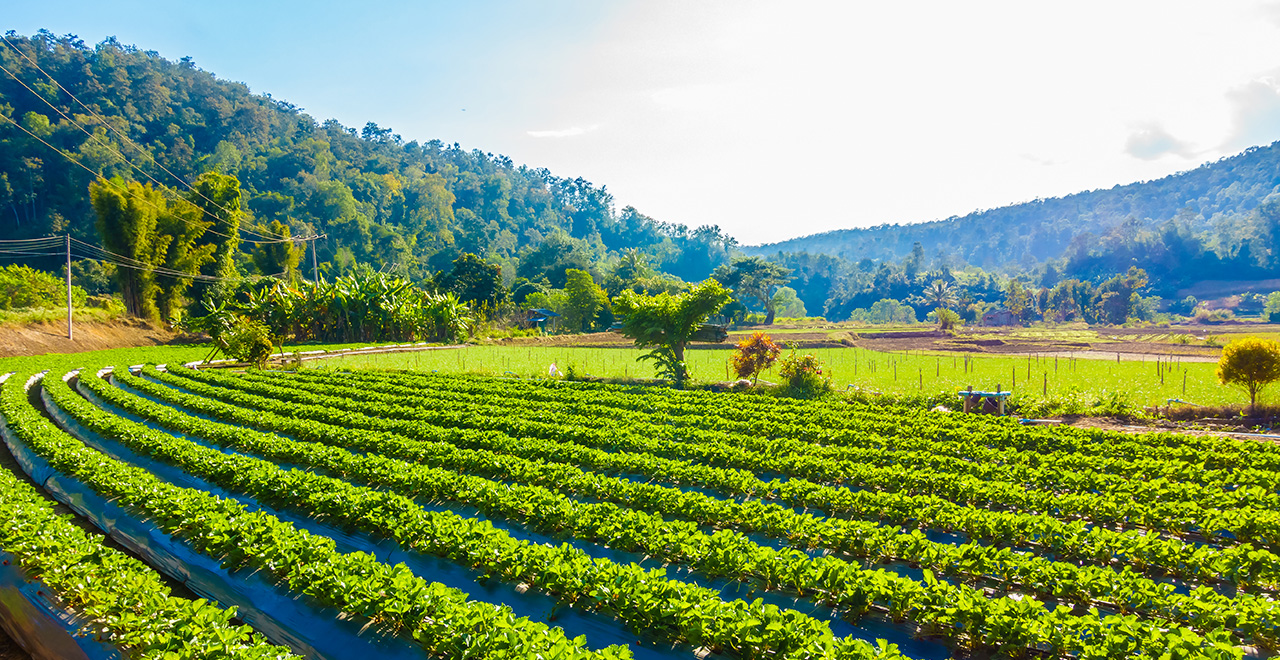Today there are 7.7 billion people inhabiting the earth. It is expected that this will increase with another 2.2 billion people till 2050, meaning that 10 billion people need to be fed in 2050. How can we feed all these people and what will food producers all over the world have to face in the upcoming years?
1) Increase food production per acre
To feed the 10 billion people that will inhabit the earth in 2050 food production has to grow. A 60 percent increase is needed to feed the growing world population. This can only be done by boosting the yield per acre drastically.
2) Battle the effects of climate change
As the effects of climate change are becoming clearer every day, yields will be impacted considerably over the next years. Because weather patterns are becoming more extreme and unpredictable yield decreases of over 10 % are expected due to climate change after 2030.
3) No possibility to extend farmland any further
Today 37% of the world’s landmass is already used for cattle breeding and agriculture. There is no possibility to expand because not all of the world’s land mass is used for agriculture, climate change is rapidly declining the quality of land and the growing world’s population is taking more space to live in. To make up for this yield of agricultural land needs to increase even further.
4) Create more premium quality food
Increasing urbanization is one of the major global trends. It is expected that in 2050 more than two third of the population will live in cities. Living in cities also changes the food demands of the world population. A growing demand worldwide for premium quality food by increased urbanization is expected.
5) Increased competition for natural resources
In the upcoming years, increasing competition for the ever scarcer natural resources is expected. Fossil fuels are running out and countries are increasingly looking for bioenergy alternatives to generate energy. Many of these natural resources like water are also needed in agriculture or occupy remaining farmland needed for agriculture e.g. growing plants that can generate biogas.


